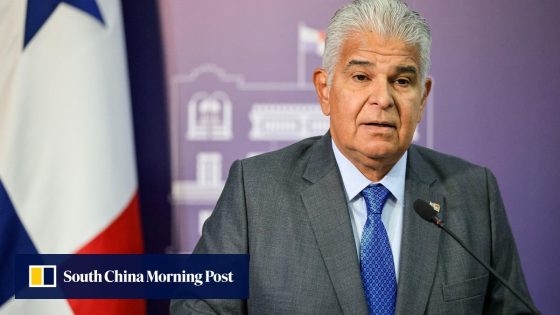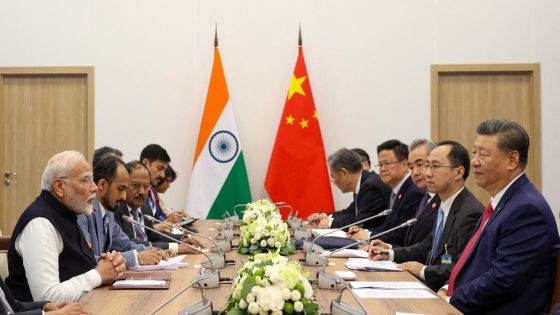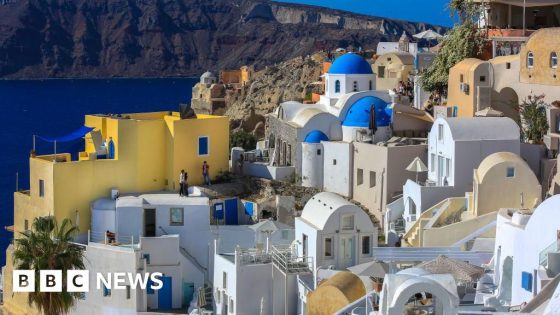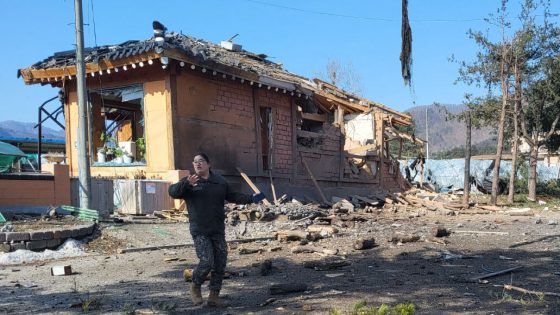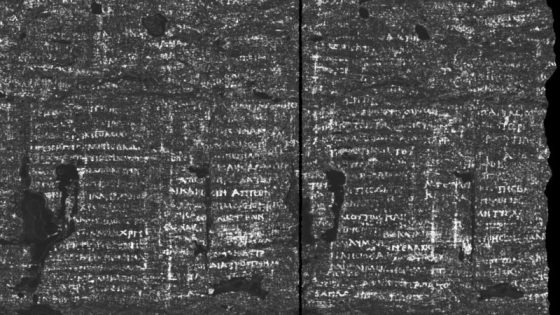On February 6, 2025, Panama officially announced its withdrawal from China’s Belt and Road Initiative. Panamanian President José Raúl Mulino stated that he had instructed diplomats in Beijing to submit a 90-day notice to end the memorandum of understanding signed in 2017.
- Panama withdraws from Belt and Road Initiative
- President Mulino questions agreement's benefits
- 90-day notice submitted to Beijing
- Concerns over Chinese investment in Panama Canal
- US claims victory in Panama's decision
The Belt and Road Initiative, launched by China in 2013, aims to enhance global trade and stimulate economic growth through infrastructure development. Panama joined the initiative in 2017, signing a memorandum of understanding that was intended to foster investment and cooperation. However, President Mulino expressed dissatisfaction with the outcomes of this partnership.
During a press conference, Mulino questioned the benefits that the initiative has brought to Panama over the years. He stated, “What has it brought to Panama all these years? What are the great things that this Belt and Road Initiative has brought to the country?” His comments reflect a growing concern regarding the effectiveness of foreign investments in the region.
In addition to the withdrawal from the Belt and Road Initiative, Mulino addressed worries about Chinese investments in the Panama Canal, a vital waterway for global trade. The management of the canal has faced scrutiny, particularly from U.S. officials, highlighting the geopolitical implications of foreign investments in strategic infrastructures.
This decision marks a pivotal moment for Panama as it re-evaluates its foreign investment strategy and seeks to establish new partnerships that align more closely with its national interests.
In summary, Panama’s exit from the Belt and Road Initiative signifies a critical reassessment of its foreign policy and investment strategies, as President Mulino emphasizes the need for tangible benefits from international agreements.



